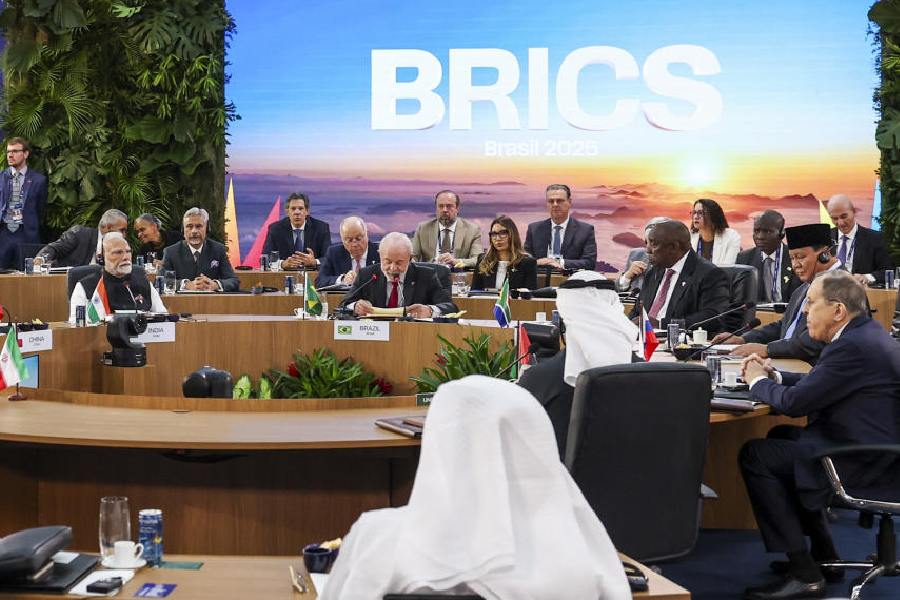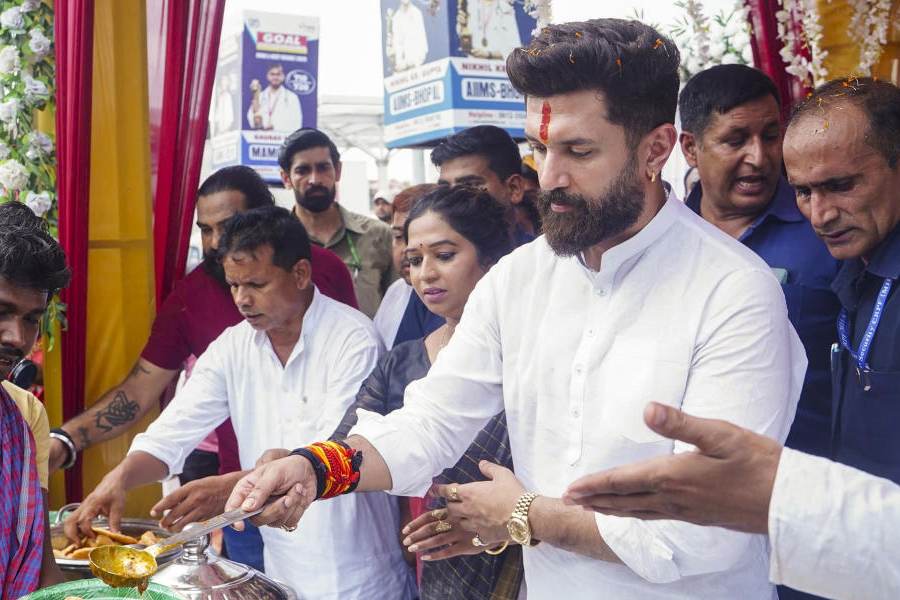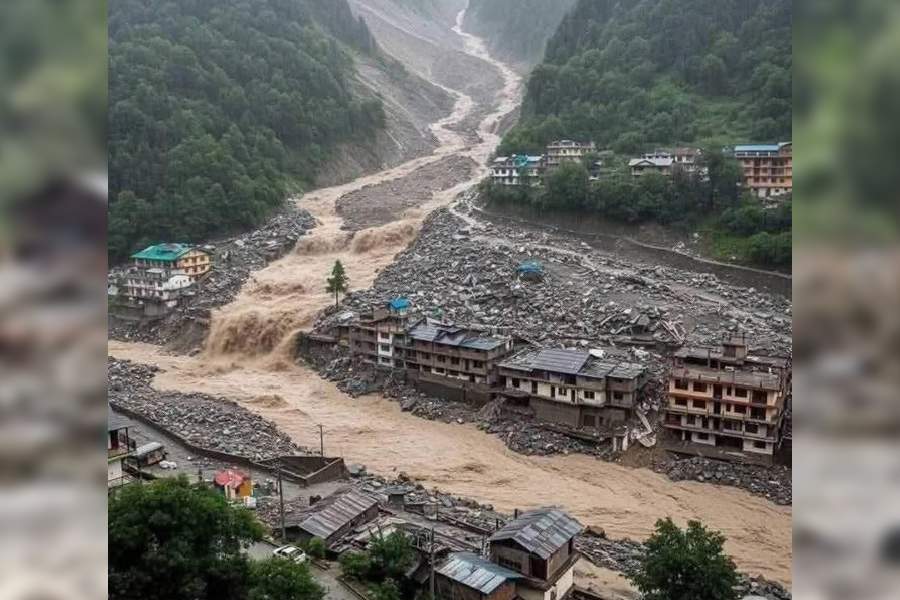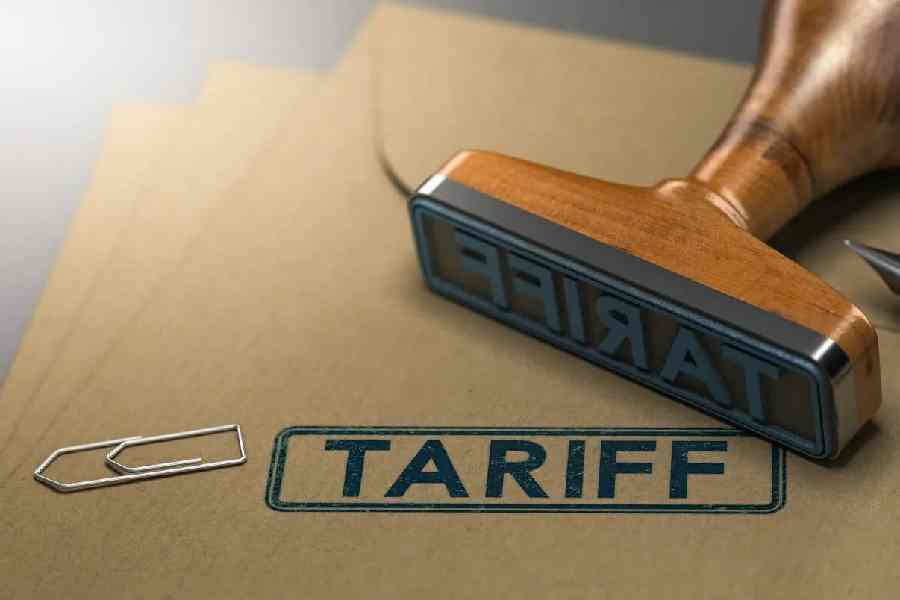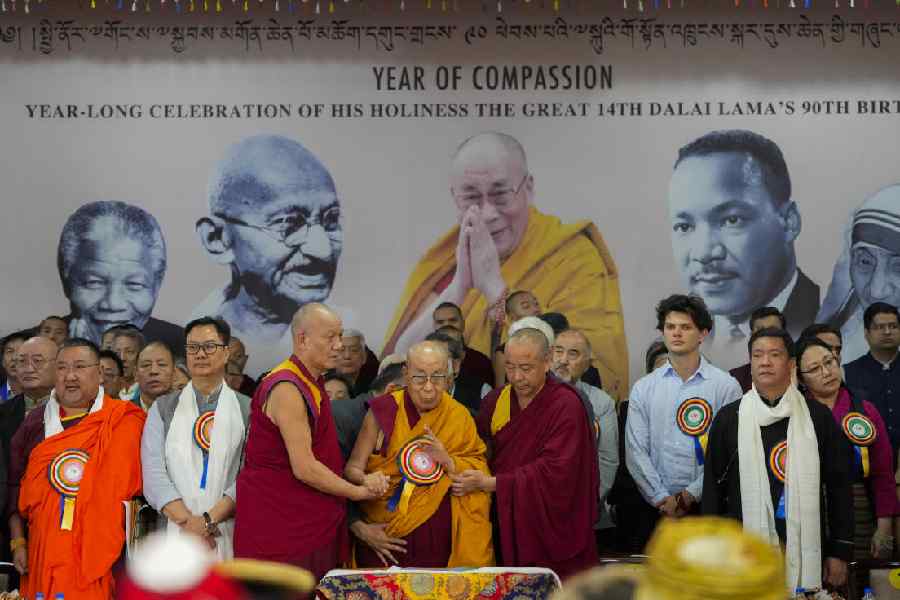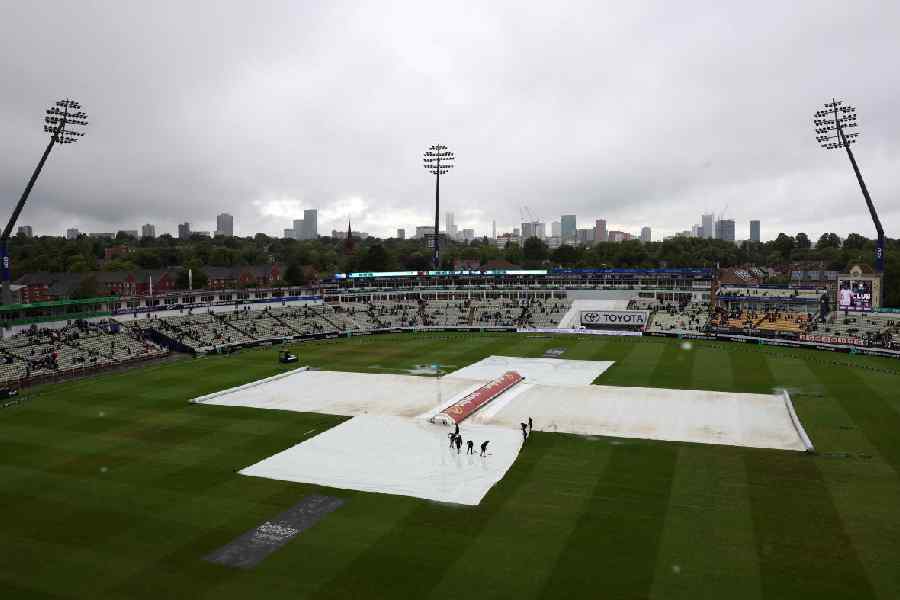 |
That Satyajit Ray wanted to make a film on the Mahabharata is no secret. Did Tagore nurture plans to dramatise the Ramayana? To set the records straight, Tagore never ventured beyond Valmiki Pratibha (1881) and Kalmrigaya (1882), both operatic adaptations of events preceding the birth of Rama. A few allusions to the Aryan epic in his songs does not necessarily lead us to believe in any grand Tagore design that never took off. It was one particular reference to Sita’s trial by fire in a rare song from the Vichitra section of Gitabitan starting Phuralo phuralo ebaar parikshar ei pala which prompted Swagatalakshmi Dasgupta look for more. She found them in plenty and powered by that discovery, Ashokrenu, a music institute, has put up a dramatisation of Krittivas Ojha’s Ramayana. As Dasgupta edited the narrative, wrote the script and directed the production, as many as 40 songs of Tagore, mostly used in appropriate fragments, formed the backbone of the 100-minute-long labour of love presented by Shilpi Jajabar at Rabindra Sadan on the eve of Ram Navami (April 6).
It was a unique and thoroughly enjoyable experience. Although the 120-strong actors consisted mainly of children, Dasgupta’s version wasn’t the popular kitsch stuff. She turned to Labanye purna pran and used it as a leit motif. That was an exquisite move.
The epic era was heralded with Pratham juger uday digangane. Tora je ja balis bhai was predictably assigned to Sita, impeccably dressed as a Bengali bride and seduced by the charm of the golden deer. A crestfallen Rama lamented on the lines of Amaar mon keman kare. The medieval interpreter of the Ramayana adopted Valmiki’s epic in Bengali terms. Dasgupta furthered it by intelligent use of the Durga myth.
There were surprises galore. On his arrival at Lanka, Hanuman was heard singing Elem natun deshe, a number the Prince in Taser Deshe made his own. Barely in their teens, Luv and Kush danced merrily to the youthful verve of Amra nutan joubaneri dut. The latter may get away with a poetic licence, but the former deserved better. Dasgupta’s research faltered at times. Leaving aside the authenticity of costumes, how could she organise Rama’s coronation when the elder son of Dasarath was only declared the crown prince? Bravura effort, nonetheless. Dasgupta also gave a solo recital at the end.
Kabyayan’s evening titled Shesh Basante deserved merit on collective ground (Rabindra Sadan, March 28). Spearheaded by Bratati Bandyopadhyay, this elocution school has succeeded in maintaining a uniformity of style. Apparently there was very little that could distinguish the performances by the Chinsura, Serampore, students from their Calcutta counterparts.
Poems were presented in thematic clusters underlying concerns for the land and its people. The learners’ dedication and conviction notwithstanding, dexterity of articulation was what impressed the most. Later, a seasoned cast got involved in reading and singing selections from Tagore’s philosophical play Raja. With Soumitra Chattopadhyay essaying the central role, Sudarshana and Surangama were played by Bratati Bandyopadhyay and Swagatalakshmi Dasgupta respectively.


